The relationship between caffeine and creativity has fueled literature for centuries, with writers claiming specific tables in particular cafés as their unofficial offices. These establishments provided more than just coffee—they offered social energy, intellectual stimulation, and the background hum of conversation that many authors find essential for productive work.
Some cafes became legendary for the literary figures they hosted, while others achieved fame because a single writer spent years crafting masterpieces at a corner table. Here is a list of 18 historic cafés where famous writers worked.
Café de Flore
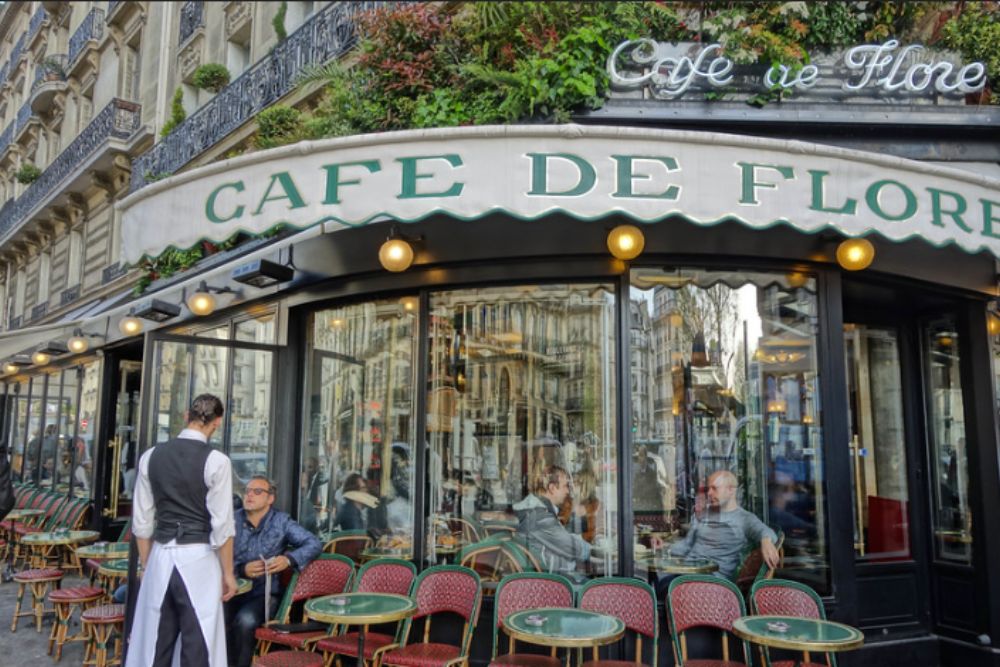
Paris’s Left Bank institution served as Jean-Paul Sartre and Simone de Beauvoir’s daily office throughout the 1940s and 1950s, where they held court at their regular table while developing existentialist philosophy. The couple treated the café as their living room, conducting interviews, meeting with publishers, and writing extensively while surrounded by the intellectual energy of postwar Paris.
The café’s red banquettes and mirrors provided the perfect backdrop for philosophical discussions that shaped 20th-century thought.
Café Central
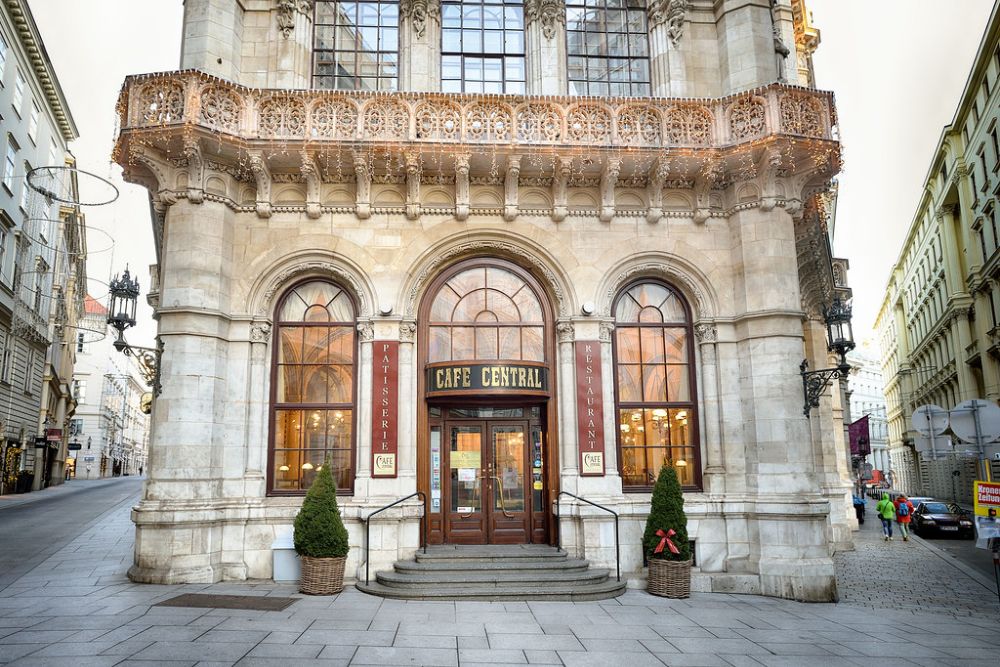
Vienna’s coffee house culture reached its peak at this establishment, where writers like Peter Altenberg practically lived, having his mail delivered to his regular table. The café’s ornate interior, with its arched ceilings and marble columns, created an atmosphere conducive to lengthy writing sessions that often stretched from morning until closing.
Leon Trotsky and Josip Broz Tito also frequented Central, though presumably, they focused more on revolutionary planning than literary pursuits.
Like Travel Pug’s content? Follow us on MSN.
Les Deux Magots
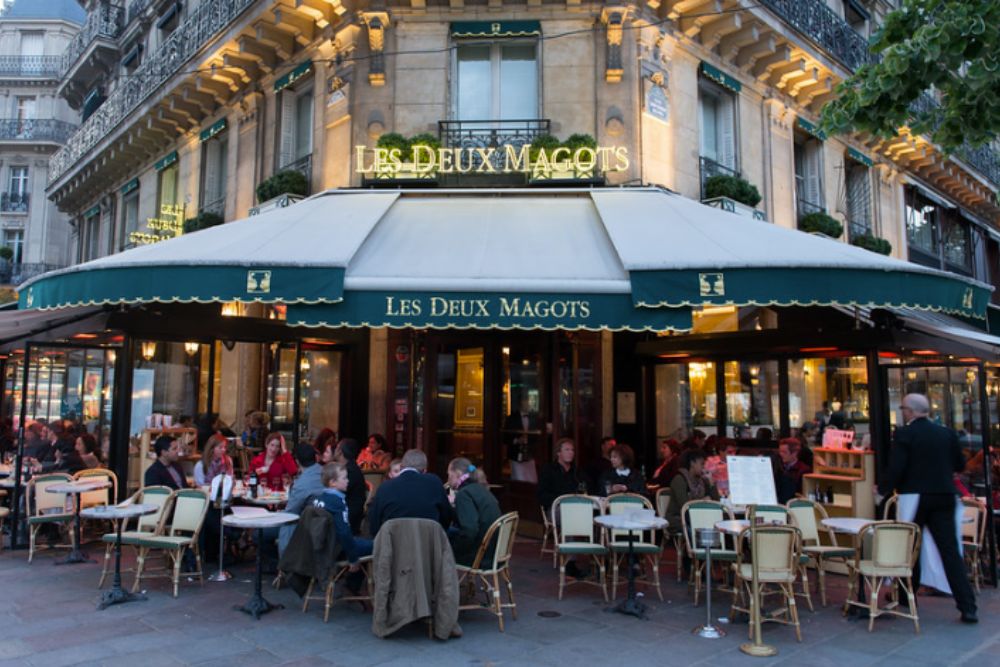
Another Paris literary landmark, this Saint-Germain cafe hosted Ernest Hemingway during his years as a struggling journalist, when he’d nurse a single coffee for hours while working on short stories. The establishment’s sidewalk tables provided perfect people-watching opportunities that fed directly into Hemingway’s observational writing style.
Simone de Beauvoir also frequented the cafe, underscoring its appeal across gender and philosophical boundaries.
Caffè Florian
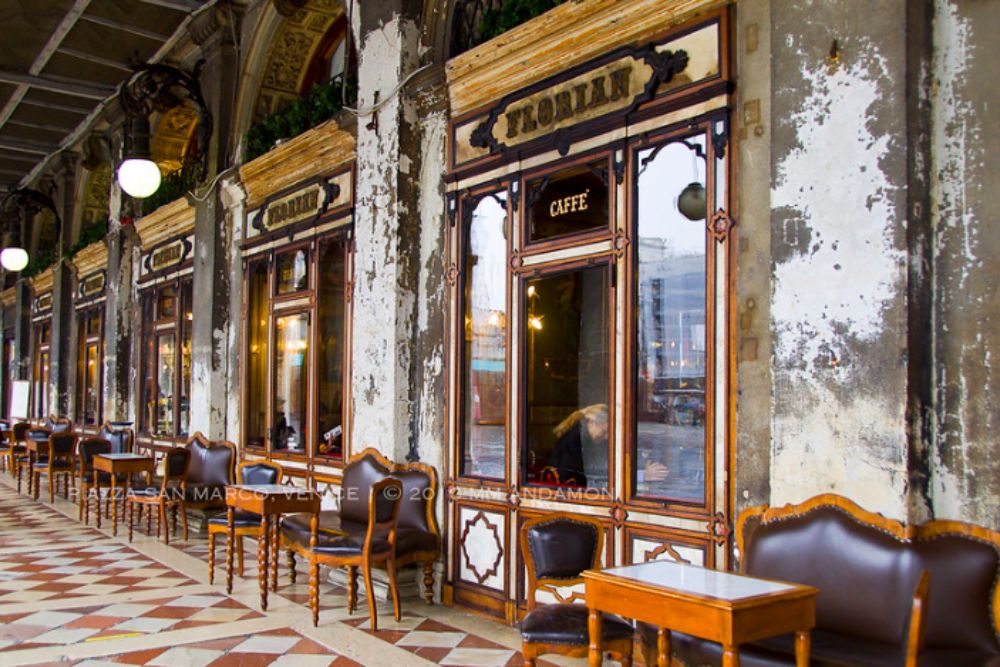
Venice’s oldest coffeehouse, dating to 1720, inspired numerous writers, including Charles Dickens, who appreciated the establishment’s ornate baroque interiors and its position overlooking St. Mark’s Square. The café’s multiple rooms, each decorated with different historical themes, offered writers various atmospheres depending on their creative needs.
Lord Byron, Marcel Proust, and Goethe also found the combination of exceptional coffee and stunning architecture conducive to literary work.
New York Coffee House
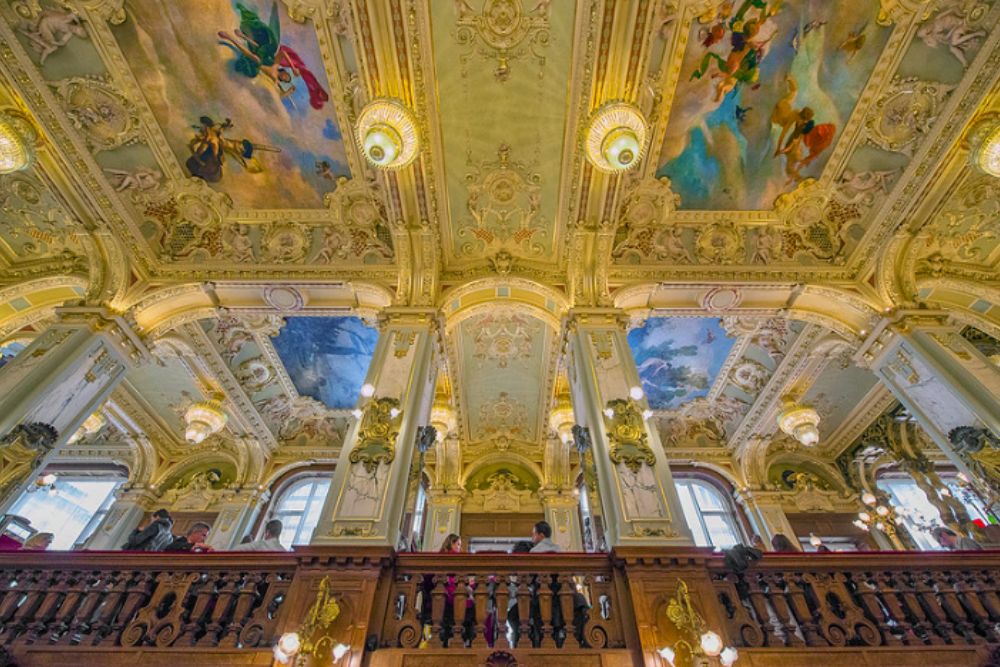
London’s first coffeehouse attracted writers like Daniel Defoe and Jonathan Swift, who used the establishment as both a workspace and a meeting place for intellectual discourse. The coffee house served as an early version of a writers’ workshop, where authors could test new ideas on fellow patrons and receive immediate feedback on their work.
The establishment’s role in fostering a literary community helped establish the template for centuries of cafe-based writing culture.
Like Travel Pug’s content? Follow us on MSN.
Café Tortoni
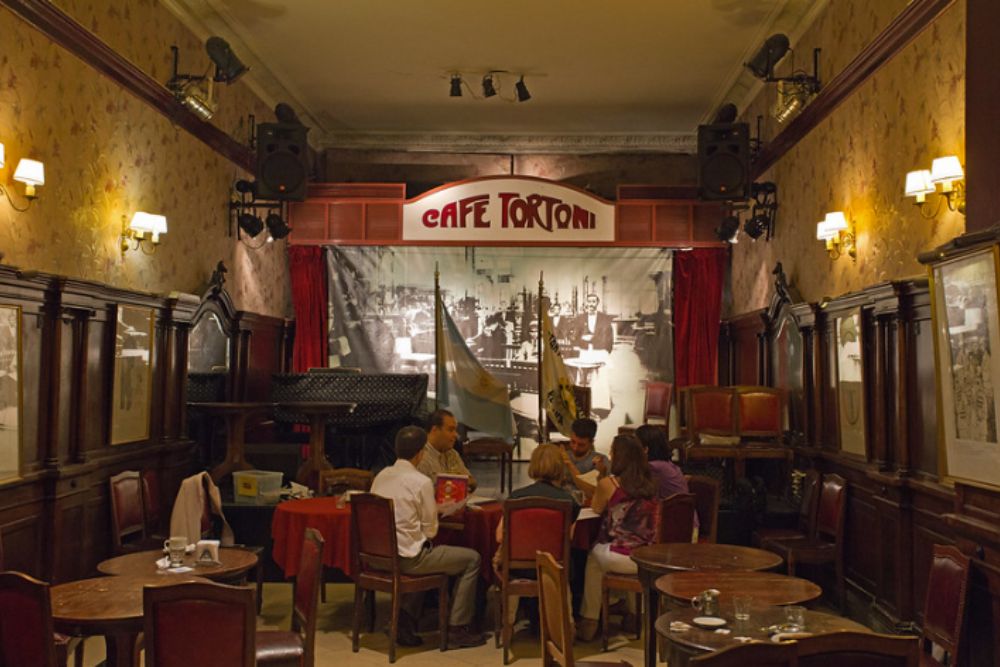
Buenos Aires’s oldest café provided workspace for Jorge Luis Borges, who appreciated the establishment’s quiet atmosphere and its extensive collection of newspapers from around the world. The café’s billiard room offered a retreat when writing became difficult, while its literary tertulias (gatherings) connected Borges with other Argentine writers.
The establishment’s belle époque interior created an atmosphere that transported writers away from the bustling city outside.
Antico Caffè Greco
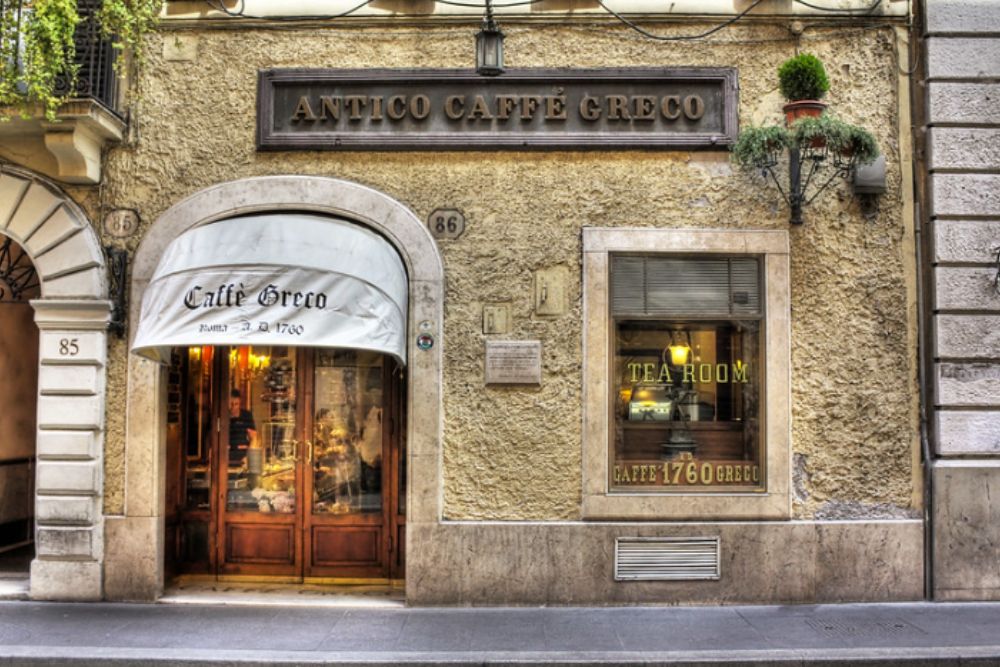
Rome’s historic café near the Spanish Steps attracted writers, including Lord Byron, John Keats, and Goethe, who found the establishment’s artistic atmosphere inspiring for their work. The café’s small rooms decorated with paintings and memorabilia created intimate spaces perfect for intensive writing sessions.
Keats reportedly wrote portions of his poetry here during his final months in Rome, when the café’s warmth provided refuge from both cold weather and declining health.
Café A Brasileira
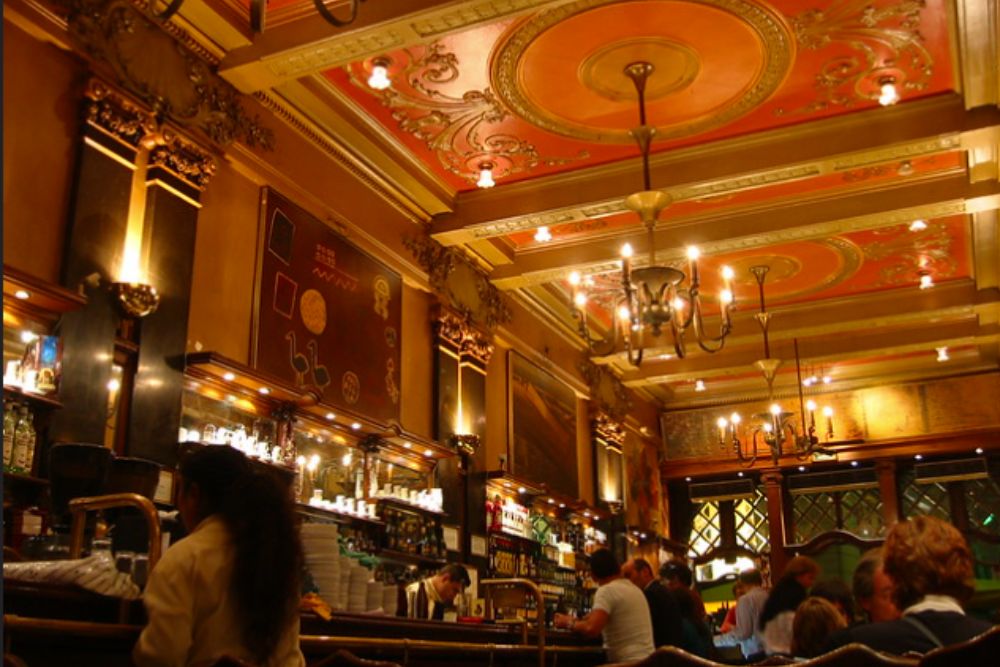
Lisbon’s art nouveau cafe became the regular workplace for Portuguese poet Fernando Pessoa, who spent countless hours at his favorite table developing the multiple literary personas that defined his work. The café’s bronze statue of Pessoa now marks his preferred spot, where he’d sit for entire afternoons creating poetry while observing the intellectual life of early 20th-century Lisbon.
The establishment’s artistic clientele provided the social energy that Pessoa found essential for his creative process.
Like Travel Pug’s content? Follow us on MSN.
Kranzler Café
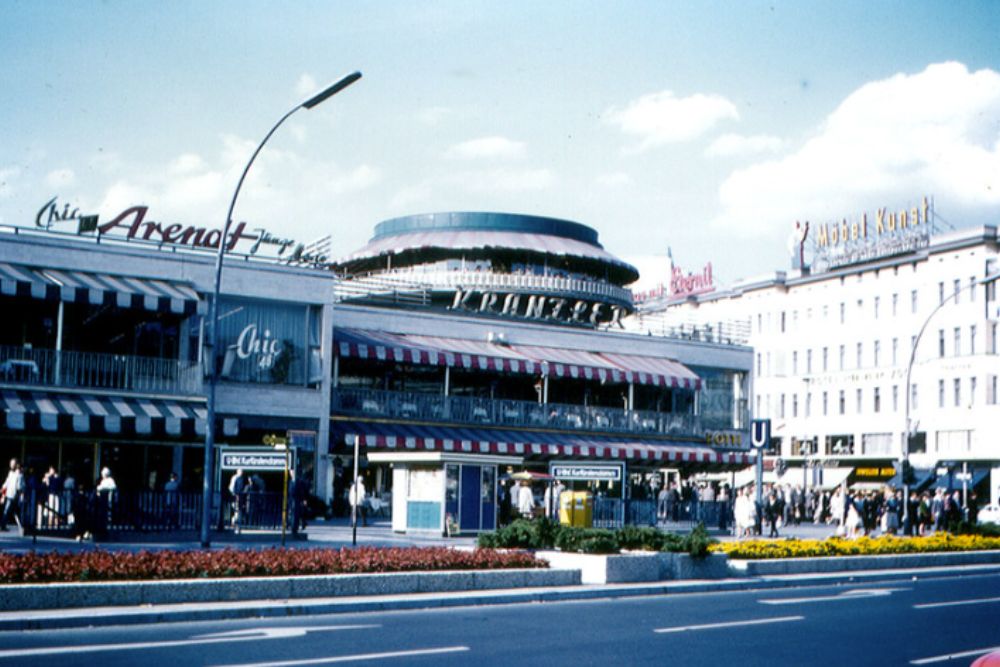
Berlin’s famous café attracted writers, including Bertolt Brecht and Kurt Tucholsky, who appreciated the establishment’s position as a hub of intellectual and political discussion during the Weimar Republic. The café’s large windows provided excellent light for writing, while its diverse clientele offered endless material for observational writers.
The establishment’s destruction during World War II ended an era of Berlin literary culture that had flourished there for decades.
El Gato Negro
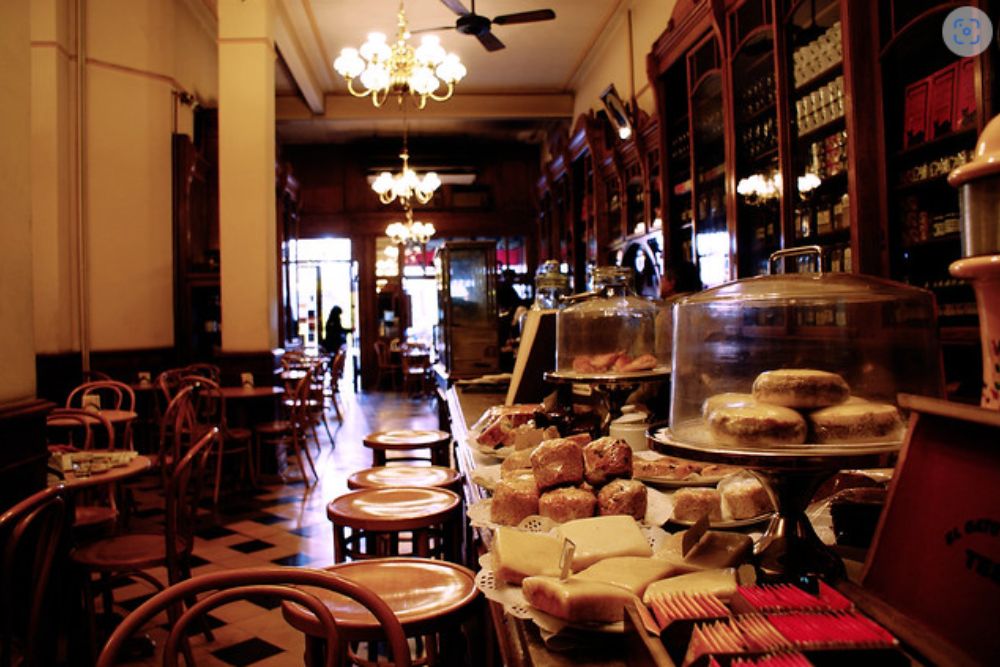
Mexico City’s historic café served as a workspace for numerous Mexican writers, including members of the contemporary literary movement who gathered there to discuss politics and poetry. The establishment’s bohemian atmosphere and affordable prices made it accessible to struggling writers who needed a place to work outside cramped living quarters.
The café’s role in fostering the Mexican literary community helped establish many careers that shaped the country’s modern literature.
Gijón Café
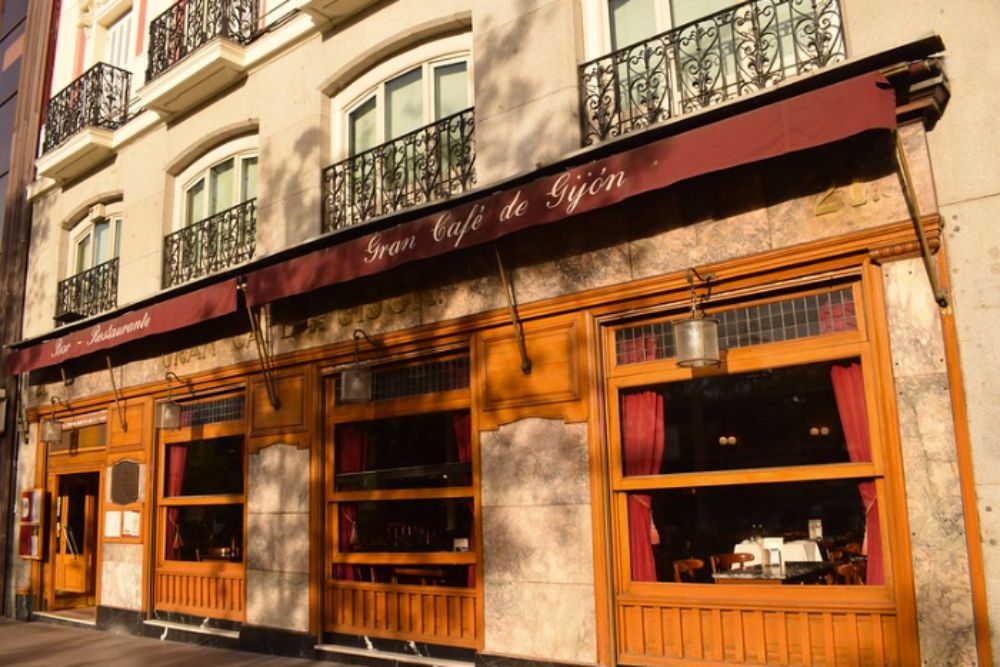
Madrid’s literary café hosted a Generation of ’98 writers, including Valle-Inclán and Azorín, who used the establishment’s tertulia tradition to develop ideas that revolutionized Spanish literature. The café’s circular marble tables provided perfect spaces for small group discussions that often evolved into impromptu literary workshops.
Federico García Lorca also frequented Gijón, where he tested dramatic works on fellow writers before formal presentations.
Like Travel Pug’s content? Follow us on MSN.
The Eagle and Child
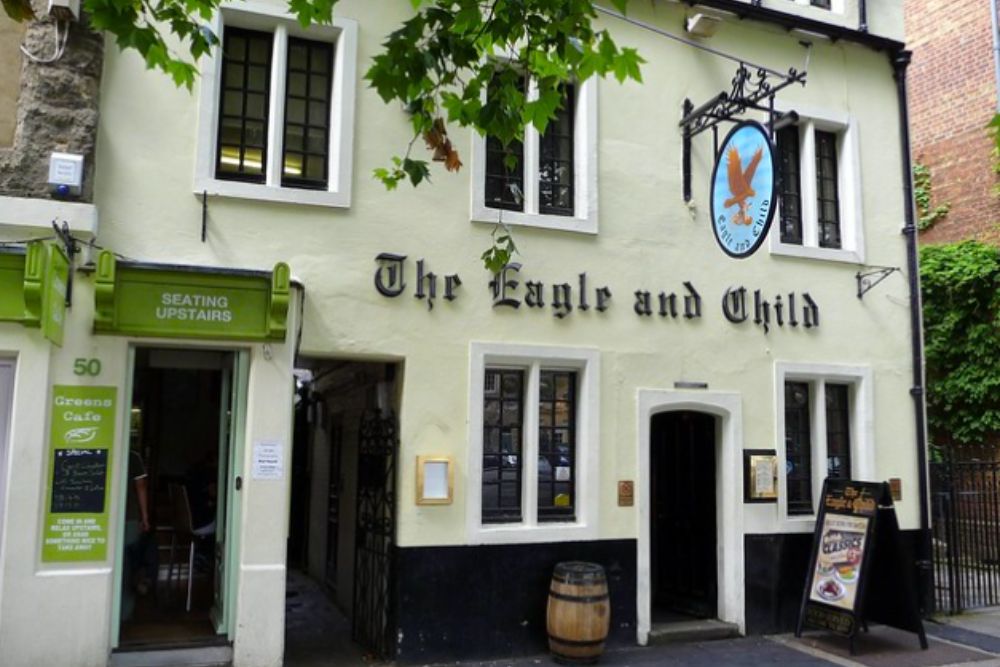
Oxford’s pub, known as the ‘Bird and Baby,’ served as the regular meeting place for the Inklings, including J.R.R. Tolkien and C.S. Lewis, who gathered every Tuesday morning to discuss their works in progress. The pub’s cozy atmosphere and private alcoves provided perfect spaces for reading drafts aloud and receiving constructive criticism from fellow writers.
Lewis reportedly worked on portions of the Narnia chronicles here, while Tolkien refined sections of ‘The Lord of the Rings’ based on feedback received during these sessions.
Café Mozart
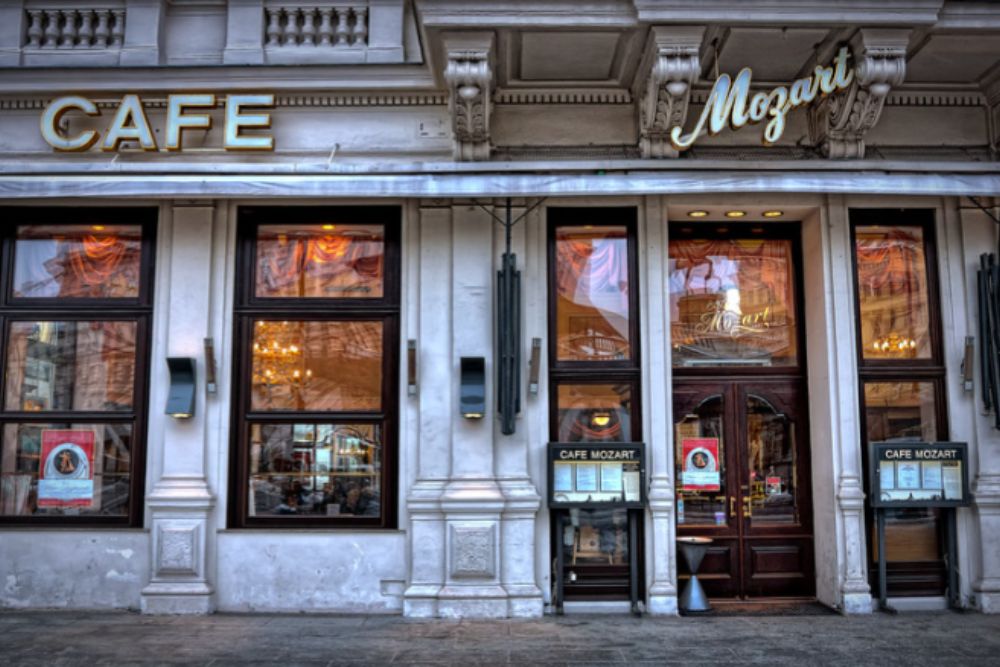
Vienna’s elegant coffeehouse attracted writers who appreciated both its exceptional coffee and its position as a center of cultural discussion during the Habsburg era. The cafe’s newspapers from across Europe provided writers with material for their work, while its leisurely pace allowed for extended writing sessions.
The establishment’s classical music performances created an atmosphere that many writers found conducive to creative work.
Café de la Paix
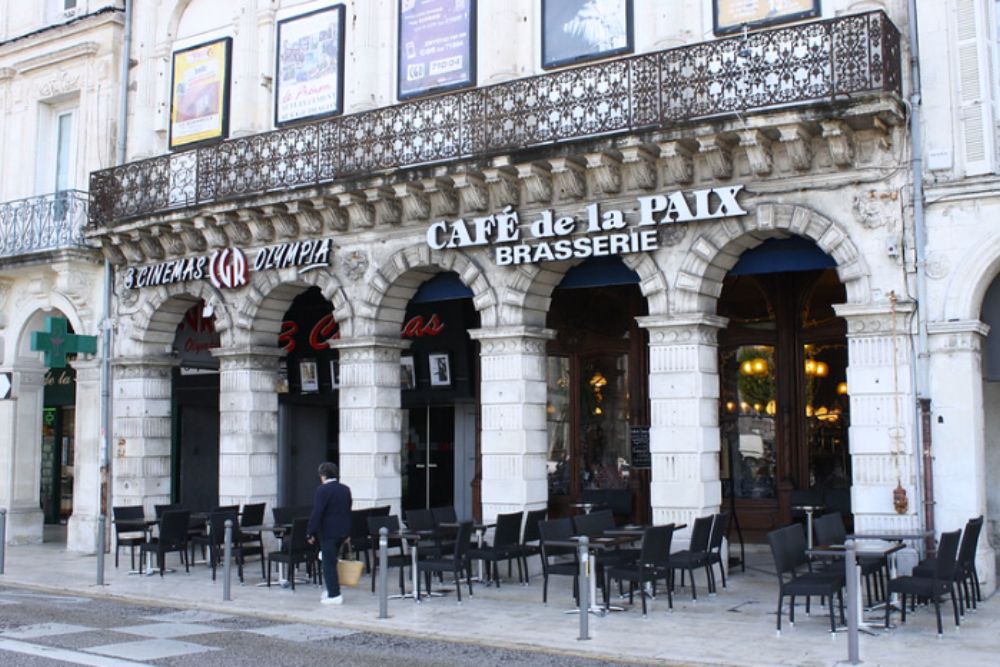
Paris’s grand café near the Opéra provided workspace for writers, including Guy de Maupassant, who appreciated the establishment’s elegant Second Empire decor and its position at the heart of Parisian cultural life. The café’s outdoor terrace offered excellent people-watching opportunities that fed directly into realistic fiction, while its luxurious interior inspired descriptions of upper-class Parisian society.
The establishment’s central location made it convenient for meetings with publishers and editors.
Like Travel Pug’s content? Follow us on MSN.
Caffè Pedrocchi
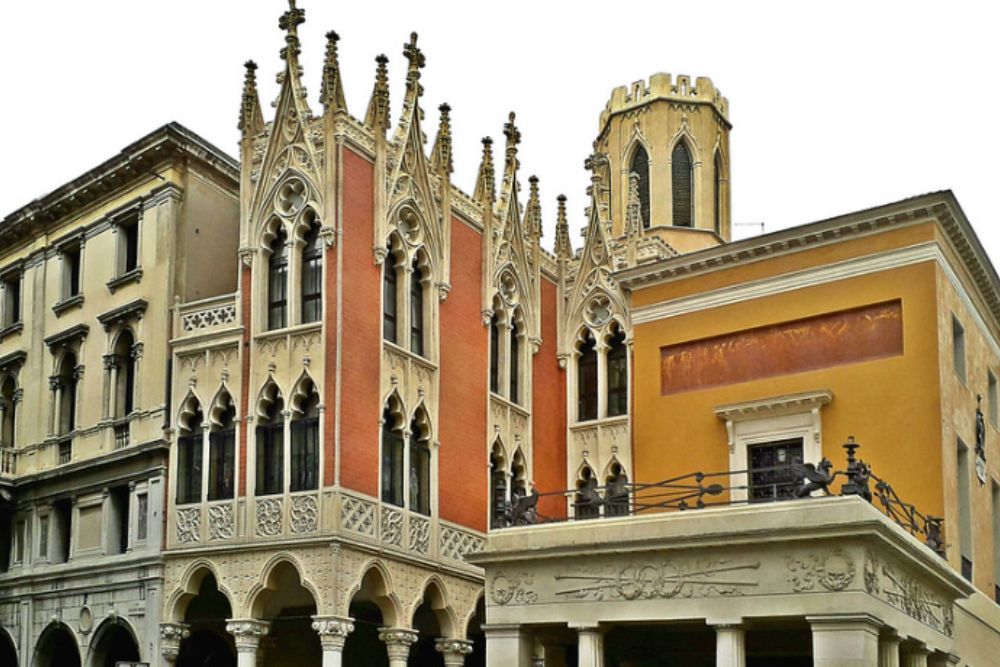
Padua’s neoclassical café, known as the ‘café without doors’ because it never closed, provided a 24-hour workspace for writers who needed flexible schedules. The establishment’s multiple rooms, each decorated in different national styles, offered various atmospheres depending on creative needs.
Stendhal wrote portions of his travel narratives here, appreciating both the café’s architectural beauty and its role as a center of intellectual discussion.
Café Majestic
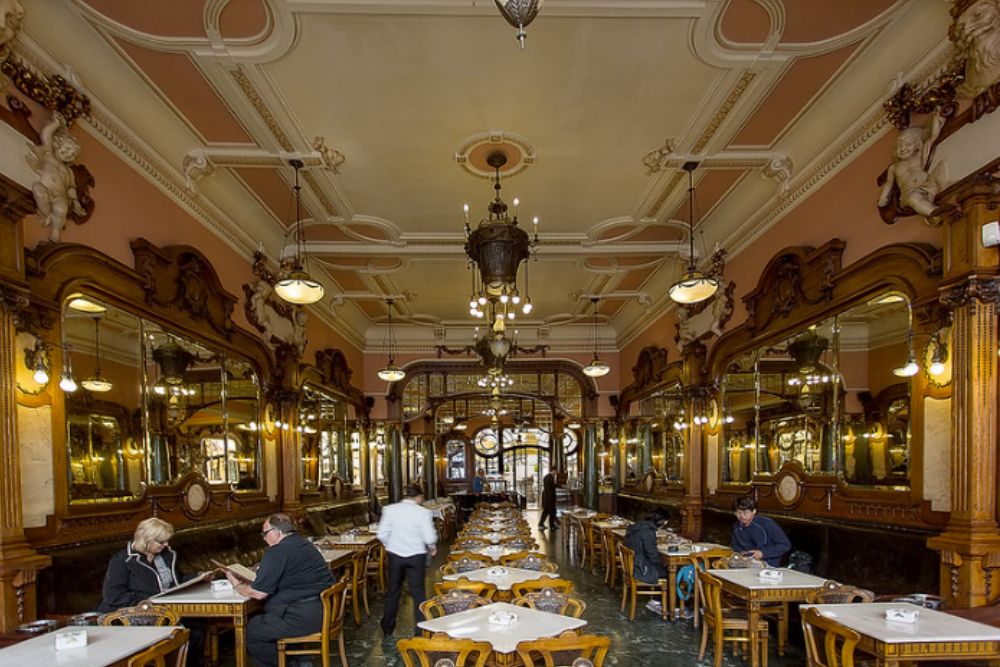
Porto’s art nouveau café attracted Portuguese writers who appreciated both its stunning interior design and its position as a hub of cultural activity in northern Portugal. The establishment’s ornate mirrors and carved wood details created an atmosphere that transported writers away from everyday concerns, while its artistic clientele provided intellectual stimulation.
The café’s literary tradition continues today, with contemporary Portuguese writers still using it as a workspace.
American Bar
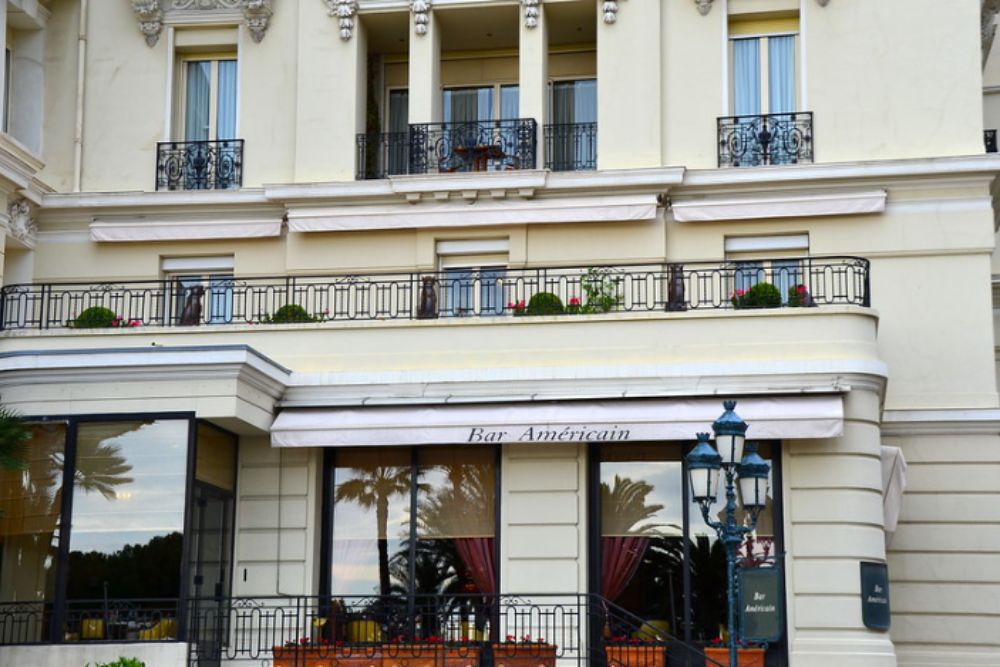
Paris’s Montparnasse establishment served as a workspace for American expatriate writers, including Henry Miller and Anaïs Nin, who found the café’s combination of American familiarity and Parisian sophistication perfect for their needs. The bar’s informal atmosphere encouraged the kind of honest conversation that influenced much expatriate literature of the 1920s and 1930s.
The establishment’s affordable prices made it accessible to struggling writers living on minimal budgets in expensive Paris.
Like Travel Pug’s content? Follow us on MSN.
Ruszwurm
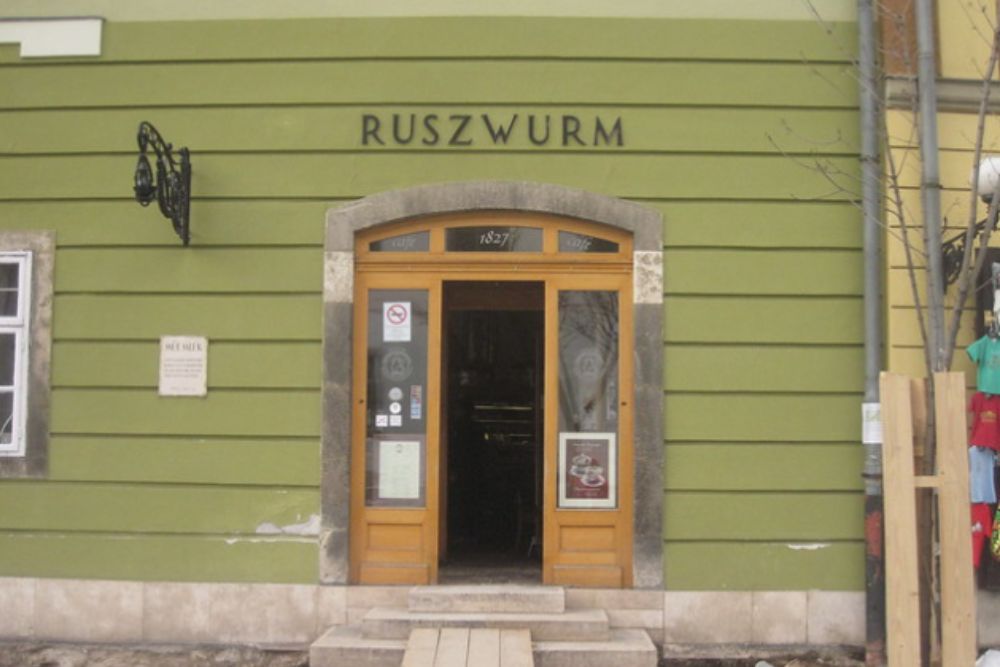
Budapest’s historic café provided a workspace for Hungarian writers who appreciated the establishment’s quiet atmosphere and its traditional Central European coffeehouse culture. The café’s small size created an intimate environment that fostered close relationships between writers, editors, and publishers who gathered there regularly.
The establishment’s survival through various political upheavals made it a symbol of cultural continuity that inspired many works about Hungarian identity and resilience.
The Alchemy of Place and Prose
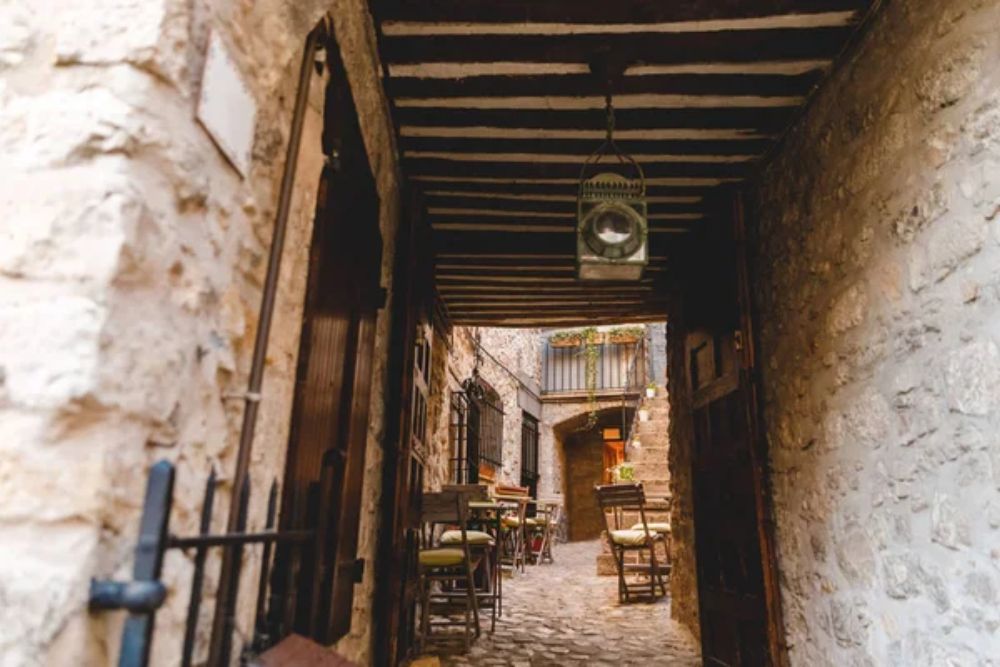
These establishments succeeded as literary workshops because they provided something that home offices and libraries could not—the perfect balance of solitude and society that many writers require for productive work. The combination of quality coffee, comfortable seating, intellectual atmosphere, and social energy created environments where creativity flourished naturally.
Their continued operation, often with literary traditions intact, demonstrates that the relationship between physical space and creative work remains as important today as it was centuries ago, providing writers with communal solitude that nurtures both individual expression and literary community.
More from Travel Pug

- 20 Best Beach Towns in the Carolinas
- 13 Destinations Where Tourists Regularly Regret Their Trip
- 20 Destinations That Are More Magical Without an Itinerary
- 20 Underrated Adventures That Belong on Your Travel List
- 20 Cities Where You Should Just Wing It, No Planning Required
Like Travel Pug’s content? Follow us on MSN.
